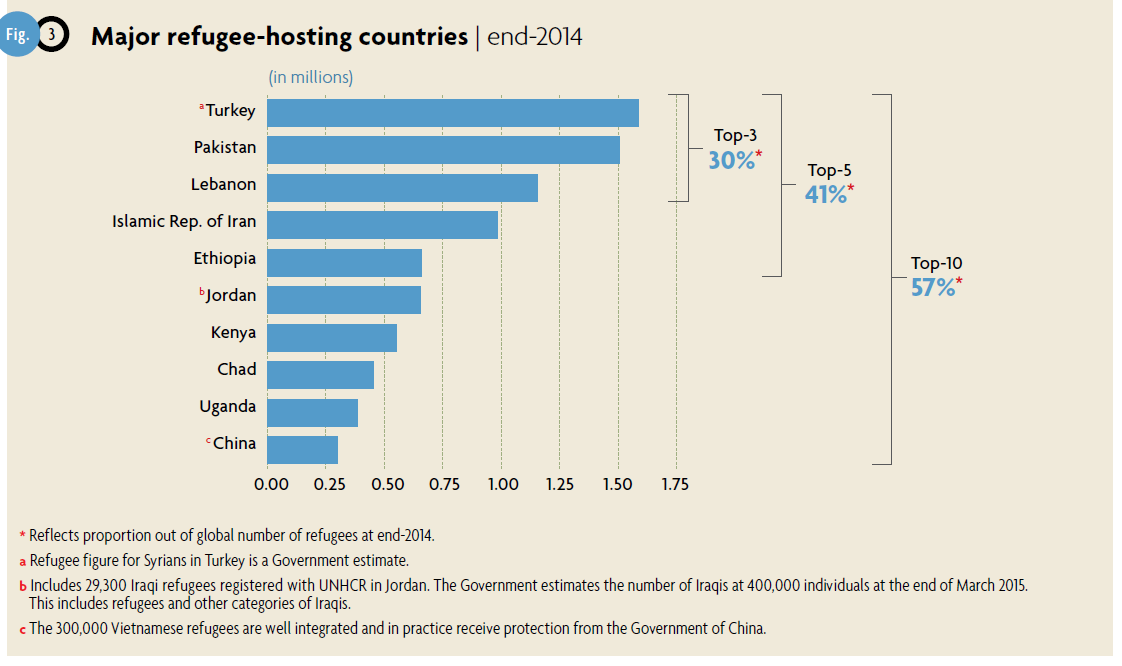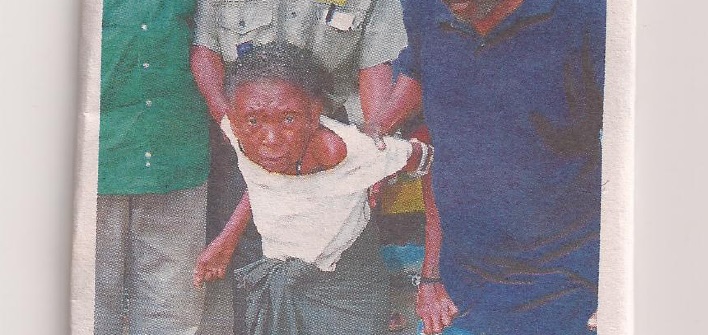
Displaced people – the continuing crisis
This moving picture of a 3-year old Syrian boy, Aylan, who drowned as his family tried to reach Europe has become the symbol of the refugees fleeing conflict in Syria.
This image and the other of the same boy washed up from the sea lying face down, have moved countries and individuals to change their attitude towards what is now being referred to as the ‘European migrant crisis’.
Germany is going to take on 800,000 Syrian refugee and they want other European countries to take on more migrants.
I was awed by Germany’s hospitality: Images of refugees being welcomed by the local population as they got out of the trains, little German children with boxes of toys waiting to share them with the new arrivals. The warmth of that reception was not something I had expected to see coming from a European country towards people from a largely Islamic nation.
People may say – Oh well, Germany is rich – and they have a low birth rate. But so is most of Western Europe and none of them are doing what this country has done. Knowing how hard working migrants are – it will be interesting to see the economic impact of this group of people in a country like Germany.
Much respect to the Germans.
There are about 4 million refugees fleeing Syria. Most of them are settling in the neighbouring countries and perhaps only a million will reach Western Europe.
The most updated report from UNHCR is from the end of 2014 and tells us a bit about the situation of displaced people till the end of 2014.
http://www.unhcr.org/556725e69.html
That report shows that even in 2014, Syria was contributing the highest number of displaced people globally, followed by Afghanistan and then Somali. The report claims that these 3 countries (Syria, Afghanistan and Somalia) contribute half of all refugees in the world.
The UNHCR report also states that 86% of all refugees are found in the developing countries. Kenya is number 7 in the list of countries that host the largest number of refugees.
Kenya has been hosting refugees for decades. In the 70’s and 80’s Kenya was home to thousands of Ugandans fleeing Idi Amin’s regime. I remember that when joining Form 1 (first year in secondary boarding school), it was a Ugandan doctor who gently massaged my belly and filled those admission forms. Just in case you don’t know, secondary school girls then had a form that had to be filled by a doctor to ascertain that the student was not pregnant on admission to school. I don’t know whether they still do these tests these days…. but I digress……The late Dr Kiwanuka, a Baganda doctor, examined me those many years ago.
My biology teacher in high school was Ugandan too. When Museveni took over, these Ugandans returned home. Now it is not as common to have Ugandan neighbours, doctors and teachers as it was then.
Currently, Kenya has the largest refugee camp in the world – Dadaab. What is home to over over 350,000 refugees mainly from Somalia.
Unlike those who flee to European nations, the refugees at Dadaab cannot work. They are fed, clothed and sheltered in makeshift homes. The little children go to makeshift schools and life goes on. Kenya has an unemployment rate of about 40% and can barely cope with its own needs. Most of the assistance in the camp is provided by UN and other organisations like CARE.
http://www.care.org/emergencies/dadaab-refugee-camp-kenya
Displaced people who have the money pay smugglers to get them to European nations where they can get work and have a future.
Kenya has been very involved in trying to bring a peaceful resolution to the situation in Somali and South Sudan where people are fleeing unrest. Until our neighbours know peace, we have to be prepared to keep hosting refugees. In the same way displaced Ugandans and Rwandese people have returned home when peace returned to their country, so will all these refugees globally return home when peace returns to their countries.
Western Europe will have to think a lot harder about how to end the conflict in Syria – it is not enough to take on a million refugees because as long as there is no peace in Syria – people will keep coming and Europe will not be able to sustain the generosity.
Syria, Afghanistan and Somalia will continue to contribute the vast number of displaced people until these countries find peace. Perhaps the migration crisis in Europe will focus the world more earnestly on how to find peace as the impact of conflicts ceases to be something happening out there but something they are facing at their doorstep.
But it is not just conflict people run away from.
The world has to be a more equal place. A cocoa farmer in Ivory Coast cannot feed his children so that a child in a European country can have a cheap chocolate. The cocoa farmer’s child will want to leave the country where they slog over cocoa trees and go the country of eating cheap chocolate.
If you buy 5 pairs of cotton socks for a dollar in Europe and America, think what the cotton farmer in Africa or Asia is getting paid. His children will not forever slog over cotton fields – he will want them to leave that poverty.
True fair trade – not the cover ups that have become so common place – will need to happen so that wealth is distributed equally in the world. The poor world cannot continue to sustain the endless consumption of the West without many wanting to have some of that excess. Young men will risk drowning in over-loaded boats, jumping unto trains across borders – to have a taste of a good job, to see their children have what they never had – which includes cheap chocolate and socks and coffee and tea and jeans and …….
Peace and fair trade.






